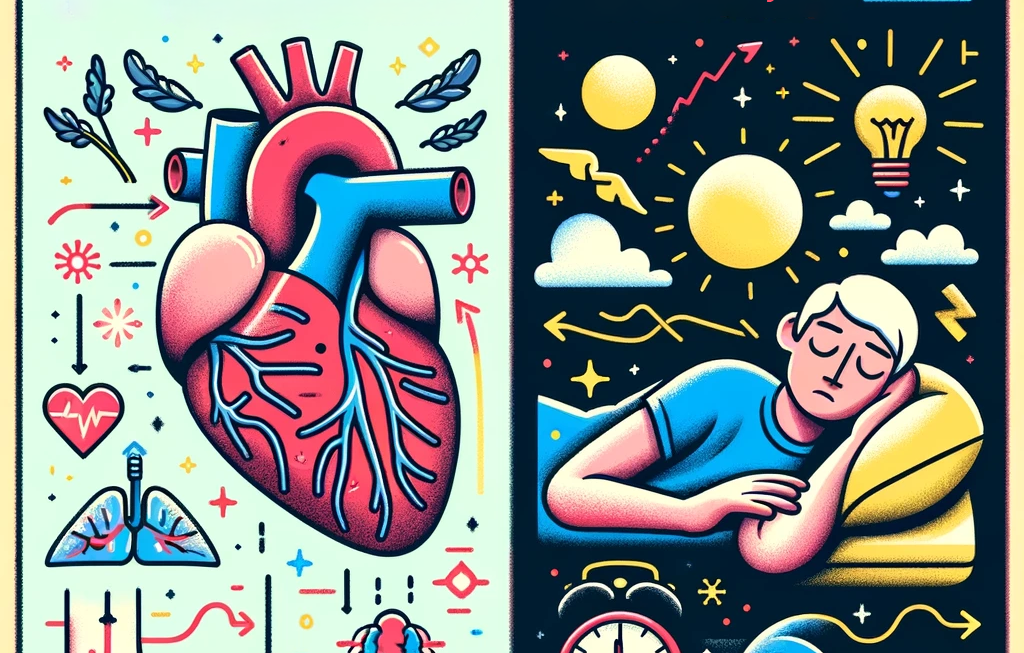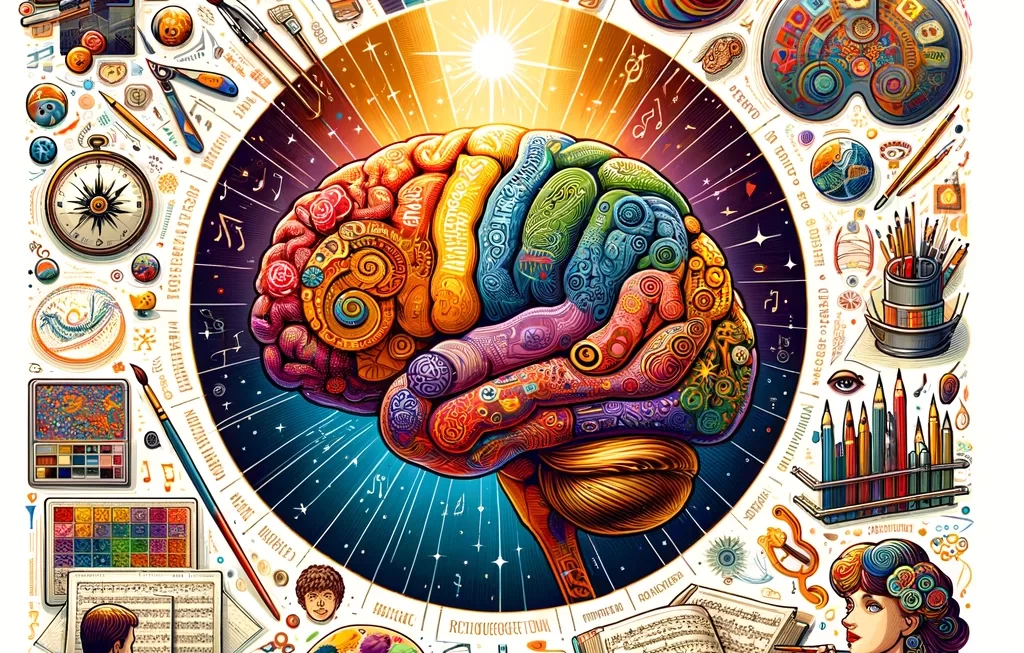If our last adventure was about the messages you send and receive consciously, today we’re delving into the world of the unseen and automatic. Welcome to the sequel of our journey through the nervous system, where we uncover the magic of the Autonomic Nervous System (ANS). This part of your body is like the director of a play, working tirelessly behind the curtains to ensure the show goes on smoothly without you having to think about it. From the beating of your heart to the butterflies in your stomach, the ANS is the unsung hero of your body’s internal operations. Let’s dive into its two main characters: the Sympathetic and Parasympathetic divisions.
The Autonomic Nervous System (ANS)
Imagine the ANS as the body’s autopilot, controlling the things you don’t consciously think about. It’s like having a smart home system for your body, adjusting the thermostat, dimming the lights, and locking the doors without you having to lift a finger. The ANS is split into two main parts, each playing a different role in keeping your body’s internal environment stable and responding to stress.
Sympathetic Division
Think of the sympathetic division as your body’s own superhero, springing into action during emergencies or when you’re stressed. It’s the “fight or flight” system, preparing your body to either face danger head-on or run away from it. When this system kicks in, your heart rate speeds up, your pupils dilate, and your muscles get a rush of blood, all readying you for action. It’s like when you watch a suspenseful movie, and all your senses are heightened, preparing you for any surprises.
Parasympathetic Division
On the flip side, the parasympathetic division is like a zen master, all about relaxation and saving energy. After the superhero has saved the day, the parasympathetic system steps in, telling your body it’s time to chill out. It slows down your heart rate, relaxes your muscles, and encourages digestion. It’s the “rest and digest” system, helping you recover from stress and conserve energy for the next challenge. Imagine unwinding in a cozy spot after a long day—that’s your parasympathetic system at work.
The autonomic nervous system is the unsung hero behind your body’s seamless operation, balancing between the high-energy action of the sympathetic division and the calming, restorative powers of the parasympathetic division. Together, they keep your body in harmony, responding to and recovering from the stresses of daily life. So, next time you feel your heart racing during a scary movie or relax into a peaceful sleep, thank your ANS for doing its job without you ever having to ask.
FAQs
Q: Can we control our autonomic nervous system? A: While much of the ANS operates without our conscious input, practices like meditation and deep breathing can influence it, particularly enhancing the parasympathetic response for relaxation.
Q: What happens if the ANS is out of balance? A: An imbalance in the ANS can lead to issues like chronic stress, high blood pressure, and digestive troubles, highlighting the importance of both stress management and relaxation in our lives.
Further Exploration
For those intrigued by the inner workings of the autonomic nervous system and looking to delve deeper, here are some resources to get you started:
- The Balance Within: The Science Connecting Health and Emotions by Esther M. Sternberg – A fascinating look at how emotions and health are interconnected through the ANS.
- Autonomic Nervous System – HowStuffWorks – A simple, engaging overview of the ANS and its impact on our daily lives.




